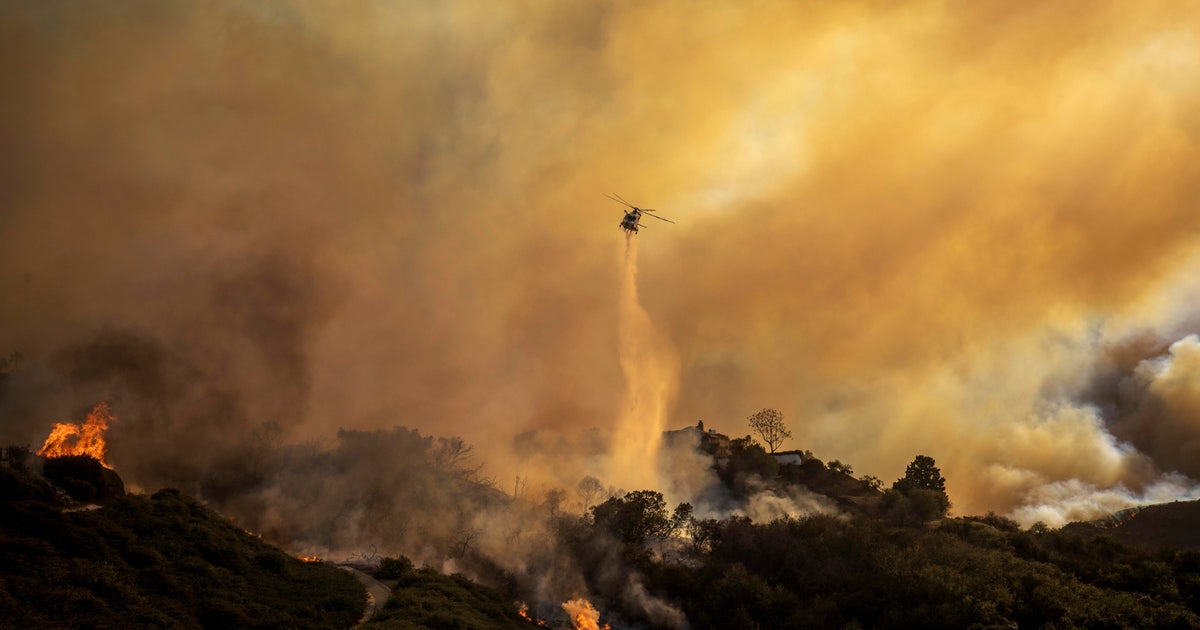Study warns U.S. cities may be dramatically underestimating their carbon footprints — some by as much as 145%
Reducing greenhouse gas emissions plays a vital role in fighting climate change. And while many cities are tracking their carbon footprint in an attempt to cut back, new research suggests that some are underestimating their emissions by as much as 145%.
The study, published in the journal Nature on Tuesday, analyzed greenhouse gas emission data that 48 U.S. cities self-reported between 2007 and 2017. The researchers compared that data to emissions estimates from the Vulcan carbon dioxide emissions data project, a NASA- and Department of Energy-funded initiative that measures fossil fuel carbon dioxide emissions in the U.S.
The researchers found a dramatic difference between the self-reports and the Vulcan estimates.
Thirty-seven of the 48 cities reported lower emission levels than the Vulcan project. Torrance, California, underestimated its emissions by 145.5%, followed by Blacksburg, Virginia, at 123.2%, the study said. Several major cities, including New Orleans, Chicago, Atlanta, Los Angeles and Washington, D.C., underestimated by more than 20%.
On average, the study found that cities underreported greenhouse gas emissions by 18.3%. The gap between the self-reports and the Vulcan estimates exceeds all of the 2015 greenhouse gas emissions from California, the study said.
Researchers did find that some cities, including Seattle, San Francisco and Austin, overestimated their emissions. But lead researcher Kevin Gurney told CBS News that this simply means "what's happening is clearly not systematic." Instead, he said, the problem is the lack of a national or international standard that cities can rely on to accurately measure emissions.
"This is not a criticism of cities because they are really actually trying to do a very hard thing, and they did it because nobody else was doing it for them," Gurney said. "...That's great. But it's probably not the most efficient way to tackle this problem. Every city devoting all this time and energy to building something is admittedly a difficult thing to do. We [researchers with the Vulcan project] have the luxury of 15 years and research funding from federal agencies to just spend all day every day with a team of us tackling this problem, something cities just don't have the luxury of doing."
"I make the analogy to the weather forecasting system in the United States," he continued. "We don't expect every city to collect weather data, run a weather model, and come up with an estimate of their own weather. That would just be the most inefficient thing to do."
The study specifically focused on fossil fuel carbon dioxide emissions, which according to Gurney is the "single most important greenhouse gas," as it is the most abundant in the atmosphere.
"It's the 800-pound gorilla," Gurney said. "It's the biggest and most dominant greenhouse gas, and until we tackle it, we really won't get to the emission reductions that we're going to need to, for example, stay below the two-degree benchmark or the 1.5 degree benchmark that's been put out by the international community."
Scientists have warned that if global temperatures increase by more than 2 degrees celsius, the world will see devastating natural disasters.
In 2019, the global atmospheric carbon dioxide concentration hit its highest level at any point in the past 800,000 years, according to the National Oceanic and Atmospheric Administration. The burning of fossil fuels, such as coal and oil, are the primary reason the concentration has become so high, NOAA said. Nearly three-quarters of these emissions are believed to come from cities — and the U.S. emits the second-most carbon dioxide in the world annually, according to data by the International Energy Agency.
Greenhouse gas emissions from human activity "are the most significant driver of observed climate change since the mid-20th century," according to the EPA. Emissions lead to an increase in global temperatures because they trap heat from the sun within the atmosphere, which among other effects, causes ice to melt and sea levels to rise.
Scientists have said they expect that sea level rise could exceed current projections if global warming continues at its current pace. Another new study this week suggests that the predictions are "at best conservative" and underestimate how much the ocean levels will rise by the end of the century.
The International Intergovernmental Panel on Climate Change has predicted that sea levels will likely rise 1.1 meters by 2100. But Aslak Grinsted, associate professor at the Niels Bohr Institute and lead researcher for the study, said many agencies, including the IPCC, produce reports that are a "jigsaw puzzle" of models based on limited data. He said the metric his team created, known as transient sea level sensitivity (TSLS), is more accurate because it relies on more historical data.
"The models we are basing our predictions of sea-level rise on presently are not sensitive enough," Grinstead said in a press release. "To put it plainly, they don't hit the mark when we compare them to the rate of sea-level rise we see when comparing future scenarios with observations going back in time."
In his interview with CBS News, Gurney stressed that it's crucial that the world develops a system to accurately measure the impacts of climate change.
"The sooner we know this and we get a system in place — a scientifically-driven, rigorous system — the better shape we're going to be in to tackle mitigation," Gurney added. "The worst outcome would be we lead ourselves to thinking we're reducing emissions when indeed we're not...then we'll find out too late."



